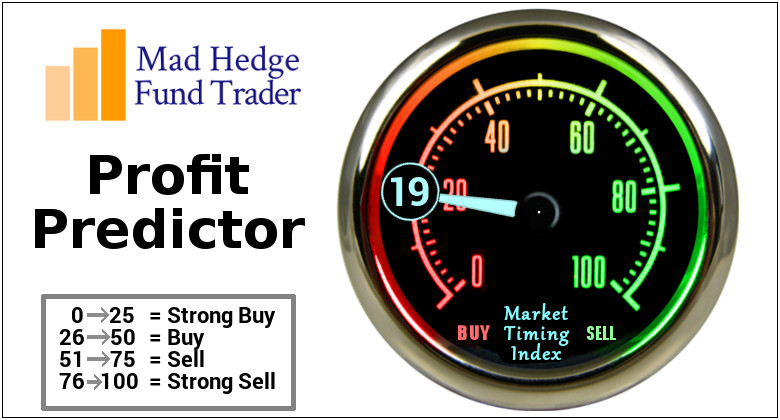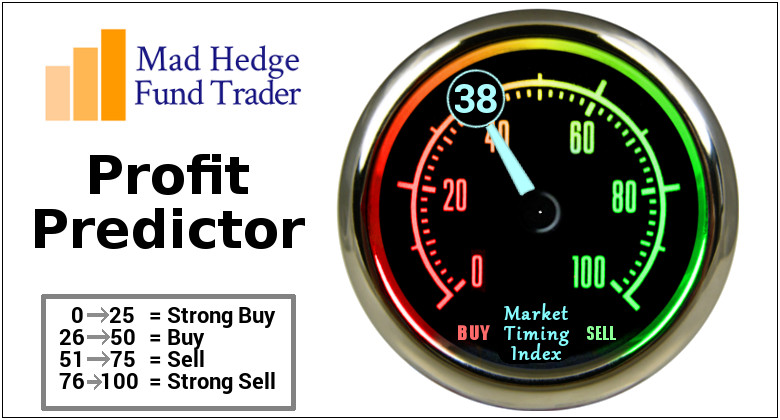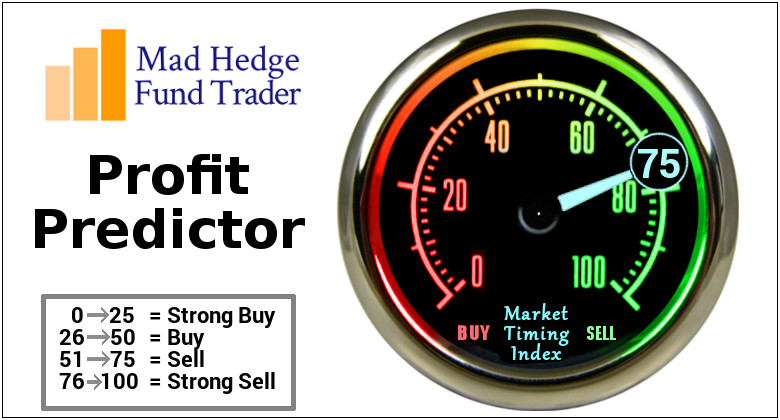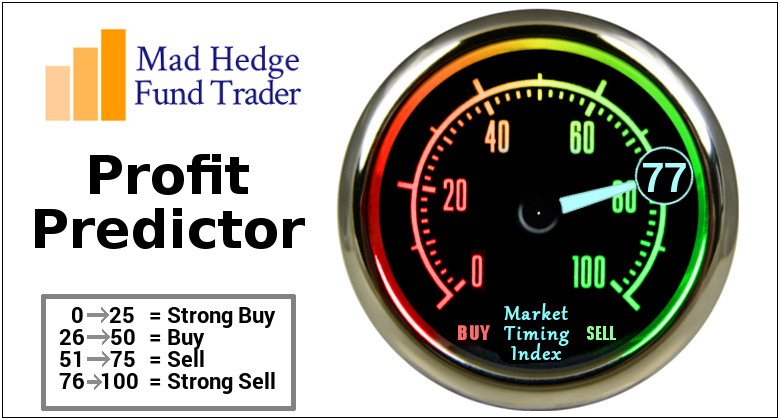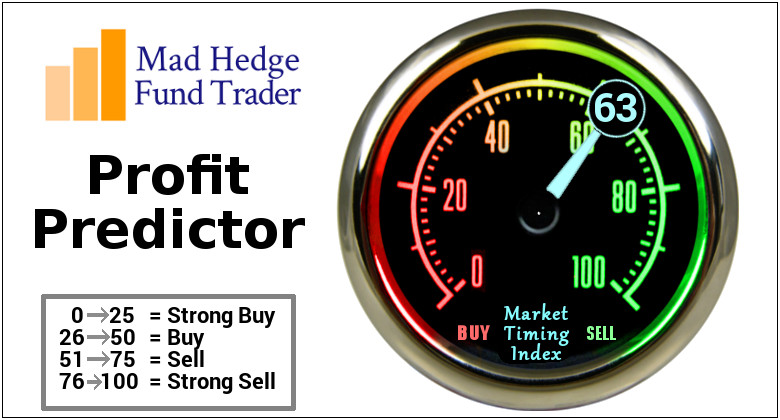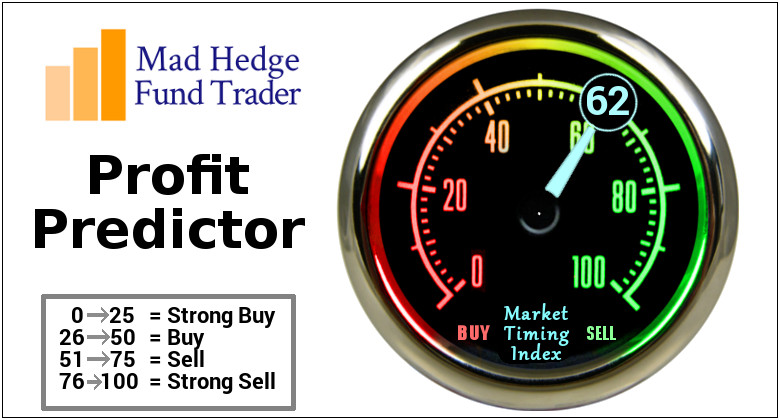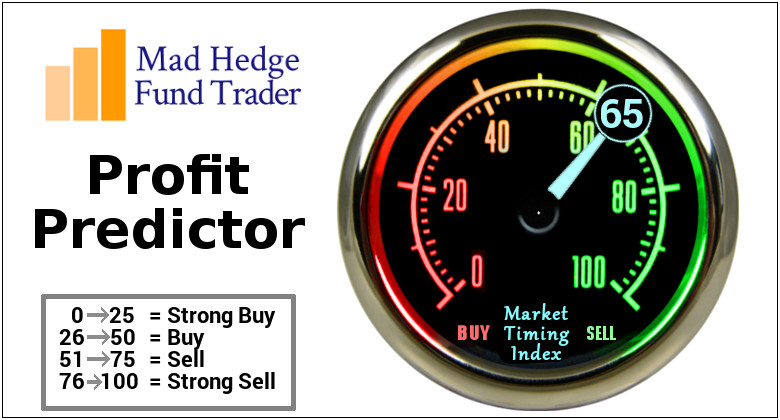Global Market Comments
December 1, 2025
Fiat Lux
Featured Trade:
(THE MAD HEDGE DECEMBER 2-4 TRADERS & INVESTORS SUMMIT IS ON!)
(MARKET OUTLOOK FOR THE WEEK AHEAD, or WELCOME TO THE RODEO)
(SPX), (GS), (SHW), (DHI), (GLD), (PPLT), (SLV), (NVDA), (BRK/B),
(ZM), (MS), (MRNA), (GOOGL), (META), (ORCL), (AMZN), (MSFT)


